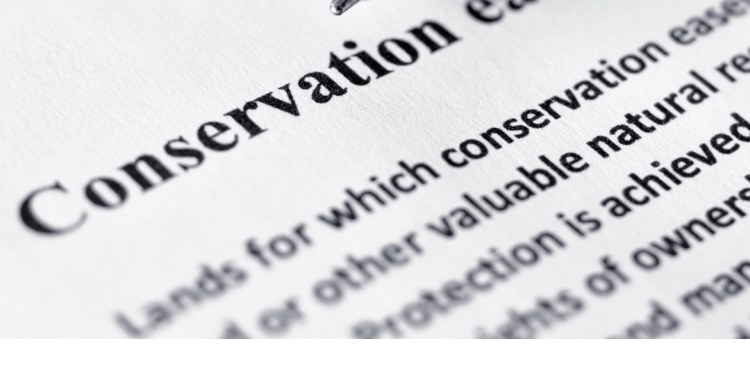What is an Easement?
What is an easement and how do you go about establishing one?
An easement is a right to use land owned by another landowner for a benefit without possessing the land. An easement affects a defined area of the land and may be agreed upon when one landowner requires access to another landowner’s property.
In easement agreements, landowners are referred to as either the dominant estate, which is the one benefiting from the easement, or the servient estate, which is the one who must give up part of their land to comply with the easement terms.
Examples of easements include the following:
- Public easements which allow the public access to a portion of landowners property such as gaining access to main roads or a public beach that would otherwise not be accessible by the public. The landowner who has this easement placed on their property must not obstruct the public’’s access to the area affected with this easement;
- Private easements are an agreement between two private landowners for one party to use their neighbours land for things such as running sewer pipes underneath the other party’s land or installing solar panels that may obstruct their neighbors views;
- Easements in gross are an easement which provides benefits to the individual or company holding the easement and not the property, such as utility companies that may require access to private land to install, repair or maintain public utility structures. This provides a benefit to the utility company rather than the property itself.
If you ‘have an easement registered on your property, then you must allow the dominant party access to us that easement for its purpose. If you think you may need an easement over a property or someone asks you for an easement over your property, please contact our office on admin@wslegal.com.au Alternatively, please contact us on (03) 9707 1155.

